Many Chinese immigrants to the Philippines settle, not just in Manila, but in towns and cities across the country, one of which is Asia’s Latin City: Zamboanga City.
In this charming, seaside city of some 800,000 inhabitants, where Chavacano, the Spanish-based Creole language – not Filipino – dominates conversation, Tsinoys live and play as best they can despite the constant threat of bandit rampages and worries over safety and security.
There is no formal record of the number of Chinese Filipinos or Tsinoys living in this urbanized city in Mindanao.
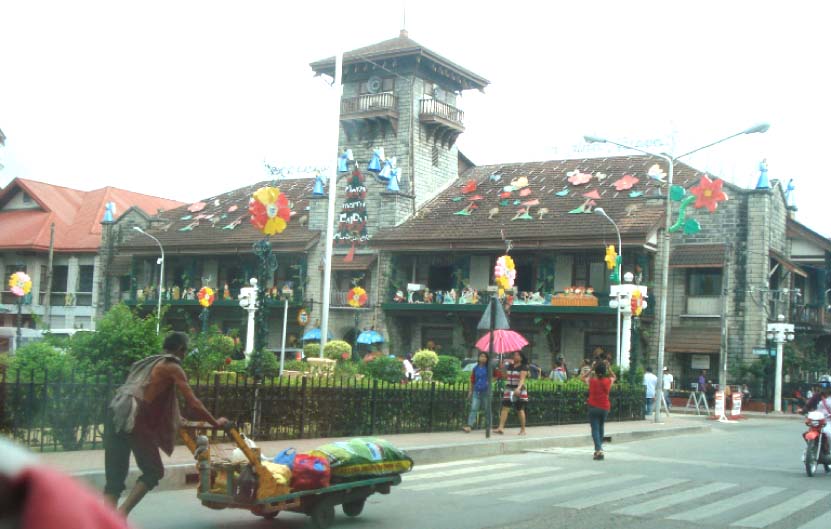
According to my cousin Jill Lim, who teaches at Zamboanga Chong Hua High School, there are some neighborhoods that are predominantly Tsinoy. Yet, the Tsinoy numbers are low enough that there is no Chinatown in the city.
Zamboanga City’s denizens are very laid back as compared to Manila’s. The typical attire when walking along the streets is casual: shorts or long pants and a T-shirt. One time I went to a fancy hotel with a cousin who was wearing sando and shorts, having just returned from work. I was wearing house clothes; and the bellboys were totally nonchalant.
The pace of life is leisurely. People never seem to be in a rush, willing to take up the occasional chitchats between merchants and customers in shops. Even under horrendous traffic conditions, coupled with the rain, people remain more polite than those in traffic-ensnared Manila.
Once, when we were rushing to our venue, the driver (a Tsinoy family friend) apologized profusely for the slowdown caused by bad traffic and rain, but did not seem harassed at all by the situation. Taxi drivers beside us were not losing their tempers.
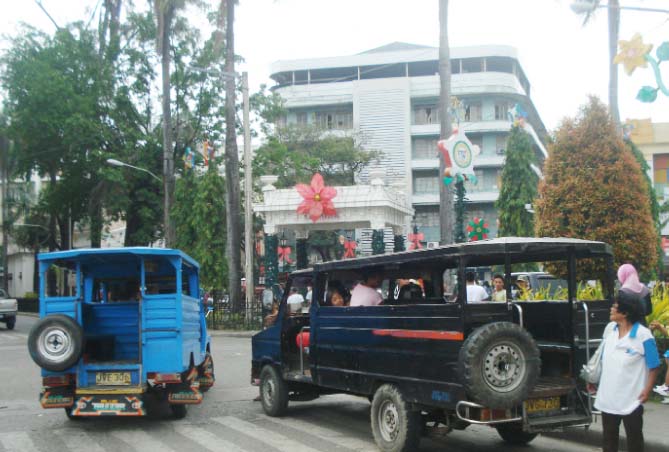
This may have been an isolated case, but it left a pretty good impression of the people and city.
Aside from private vehicles, the common modes of transport are the jeepney and the tricycle.
Zamboanga International Airport, handling 904,668 passengers in 2012, is considered one of the busiest in the country. Its single terminal, with two baggage carousels in the arrival area, can hold 400 passengers at a time. Its primary runway is only 2,610 meters long and can support the short- to medium-range Boeing 737 and Airbus A320 and aircraft as big as the wide-body Boeing 747.
This makes it small compared to Manila’s Ninoy Aquino International Airport, which has nearly 32 million passengers going through its four terminals, with much longer runways that accommodate more traffic and larger aircraft.
Yet, perception of size is relative. Zambo’s airport is significantly bigger than those in many small towns that support popular resort destinations, with just one room each for departures and arrivals; a manual baggage claim system; no air conditioning in the arrival area; and at times, a water buffalo leisurely crossing a short, quiet runway that handles mostly turboprop aircrafts.
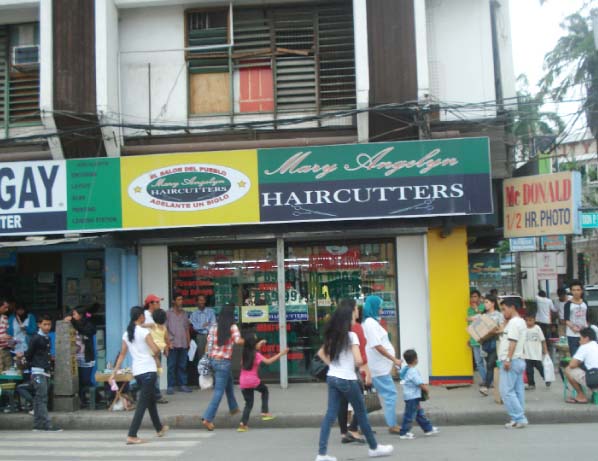
The small airport services a lively city that has its own malls, department stores and movie houses that serve as places at which to hang-out. Malls, however, still lack the contemporary designs of larger urban centers.
And if the number of hamburger joints can be considered an economic index, then note: there are two McDonald’s, and 11 Jollibee stores. The economic impact of Tsinoys is palpable.
“Most of the department stores here are owned by Tsinoys. Some Tsinoys also have mini shops selling different merchandise. Some hotels, hardware and farms are Tsinoy-owned as well,” explains my cousin Eugene Yu, a doctor.
The business climate is mostly friendly to Tsinoys.
“It is still safe to do business here. We just have to be cautious at all times especially of the emerging guerrilla groups,” he said, referring to the growing visibility of disident groups.
For all its laid-back pace, safety and security are driving concerns.
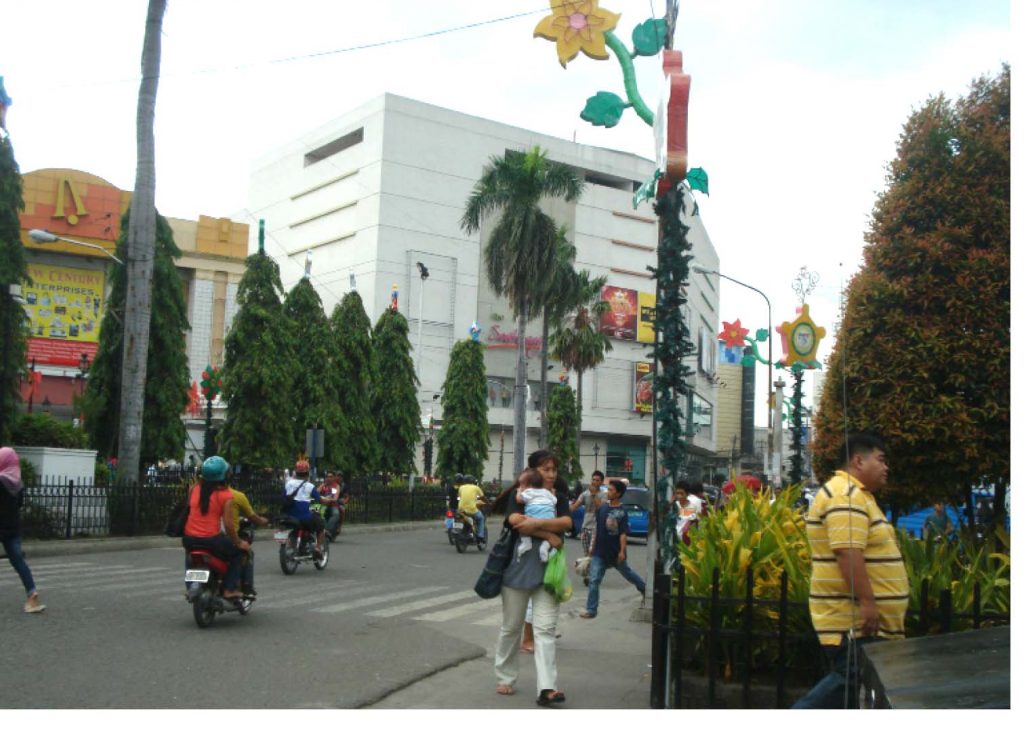
“There are some Tsinoy families who fled the city because of the recent atrocities here in Zamboanga,” Lim says. “This year, the student population in our school has decreased. A lot of the Tsinoy families are worried for their own security because of the kidnapings.”
Yu adds, “There were several Tsinoys kidnaped during the 1990s and in the early part of the new millennium; however, since Zamboanga is their hometown and it is here that their businesses thrive, they continue to market their goods and be vigilant as well, always keeping a low profile as much as possible to avoid drawing attention to themselves.
“Some, in fact, have already left to pursue their goals in other relatively safer countries and regions of the Philippines [like Davao], while the brave ones stayed.”
Residents set up measures – locking the doors and keeping low profiles – in their homes and business establishments to prevent bandit rampages. Safety is of overwhelming concern and this has led to a decline in enrolment in at least one Chinese school.
There are three Chinese schools in the city. While unable to speak for the two, my cousin Gerilyn Yu confirms our cousin Lim’s observation that there are fewer Tsinoy students now in ZCCHS, where she too is a teacher. However, an estimate of student numbers is not available.
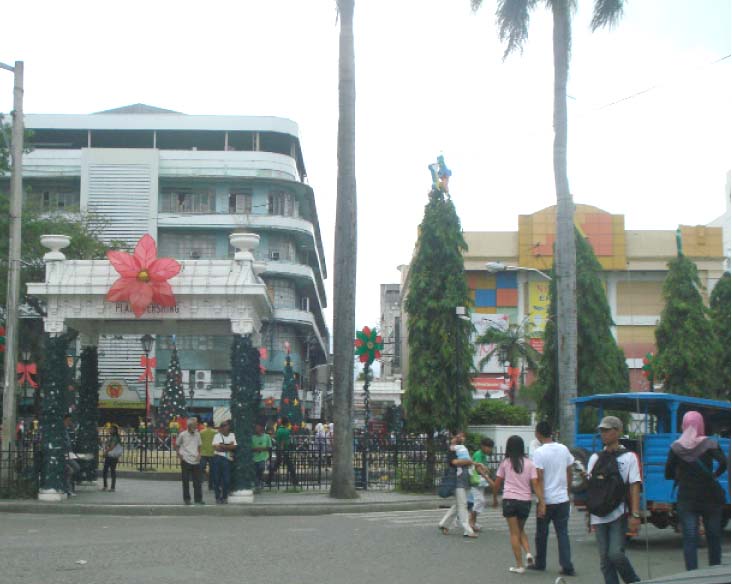
She says some Tsinoy parents move their children out of Chinese schools into a new school if the latter is deemed in a safer location.
Other Tsinoys have relatives in Manila, thus send their children to be educated there.
The shaky peace and order situation has its impact on the local social life as well.
Tsinoys in Zamboanga City form a close-knit community. They have big celebrations for weddings. At the wedding of a family friend, the Tsinoys came in full force. One thing different from a Manila celebration: people start and end a party early.
That is normal here, a fellow Tsinoy guest explained. People arrive early, and call it a night by eight o’clock.
Tsinoy conversations show the local influence through the habit of adding the final particle “-man” to their sentences, such as “Hindi man” or “Ok man.”
My cousins engage in code-switching, peppering conversations with a mixture of English, Hokkien and Chavacano. Most of the time, they are more comfortable using the native Chavacano than Hokkien. Filipino is seldom used in a complete sentence, unless the other party does not understand Chavacano or Hokkien.
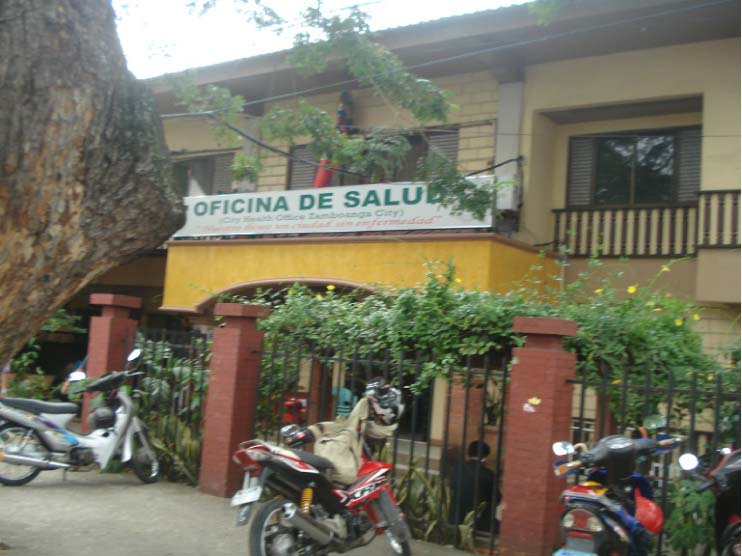
Zamboanga City has two Chinese cemeteries, one of them in Barangay Tumaga.
“It’s starting to get really congested,” Yu laments. “Aside from the lack of security, the people nearby are informal settlers, so some Tsinoys bury their dead elsewhere.”
There are three Chinese temples: Hock Tsuan Temple, Bell Church and Sam Po Temple in Canelar. Religion is still predominantly Roman Catholic, but some traditional Chinese still practice both Buddhism and Catholicism.
There are particular challenges to life in the South. Yu enumerates, “Changes are quite slow here in our city in terms of development of wider roads and bridges, and infrastructure like buildings and malls.
“We need a stronger local government for the peace and order situation here in our city. These endless attacks of the rebels and terrorists prevent our city from growing, unlike our neighboring cities of Davao and Cagayan de Oro, which the rebels have difficulty penetrating,” Yu says.
People in those two cities are more vigilant, and the military’s presence is more visible. Nevertheless, life in Zamboanga City has its benefits as well. The locals enjoy cheaper food (seafood is sold at rock bottom prices), goods and commodities. Bisugo, prized by Manila’s seafood lovers, is considered the poor man’s fish, and routinely discarded.
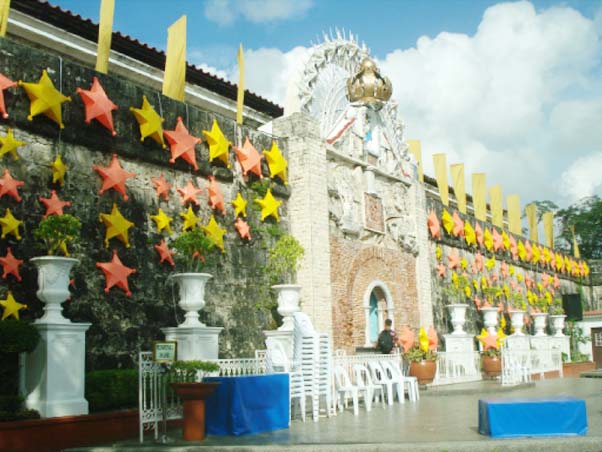
There is a Max’s Restaurant in Zamboanga. But cousin Gerilyn says not many people patronize it because it is considered pricey.
Nevertheless, Muslims flock to the place because the restaurant’s fried chicken specialty agrees with their diet requirements.
Despite a shaky peace and order situation, there are more businesses today started up by Chinese nationals. As well, many Tsinoys own business establishments, so they enjoy a better standard of living.
Many indigents are unemployed, partly due to the lack of education. But the shortage of jobs may also be due to fewer business establishments offering employment, says Yu.
With the country generally enjoying an economic boom, the prosperity has reached Zamboanga City through cheaper goods and commodities. But more drastic improvements are needed.
“I would like to see better and wider roads in Zamboanga, to accommodate the rising population,” Yu opines.
Most newcomers hail from “Basilan, Jolo and Tawi Tawi, which we all know have a worse peace and order situation.”
But it cannot be denied that Zamboanga is slowly rising.

“We have a big mall (KCC Mall) currently in construction. This would help a lot of our unemployed individuals get better jobs. The sardines factory is actually doing well, and there are better hospitals, too, providing quality service for the sick.”
Looking at the big picture, Asia’s Latin City is a beautiful place to live in: pine trees line the streets, and the cost of living is very affordable. The people’s genuine warmth and hospitality outshine those of counterparts in the big cities to the north.
There is general optimism among Tsinoys.
“Of course everything has to go up and we need to prosper, therefore the goal is to aim high and dream big,” Yu says.
He sees the Tsinoy population growing, but not as fast as other cities in the country. Some locals have left for greener pastures, even for other countries; while others still have faith in what they have started.
“I think it all boils down to the resilience of the Tsinoys in crises to come, and it is here that we measure the true ability of the human being to thrive and prosper in difficult times,” Yu says. — First published in Tulay Fortnightly, Chinese-Filipino Digest 27, no. 4 (July 22-August 4, 2014): 16, 14-15.